Carcassonne
- Home
- Carcassonne
Hilltop town in the south of France, Carcassonne lies at the crossing of two major routes: from the Atlantic to the Mediterranean coast and from the heart of France to Spain, both used since antiquity. The medieval fortified Cité is a UNESCO World Heritage Site. No wonder Carcassone is home to a unique historical and cultural past. If you add the local traditional dishes, the hospitality of its inhabitants, and some of the best vineyards in the south of France, your stay holds promise of being a most memorable one.
Information
Carcassonne
The coffee culture in France is pretty impressive, most people start their day with an espresso shot and finish their lunch with a coffee. They also indulge in various types of coffee during the day. Of course, Carcassonne is no exception and you can find a large number of brasseries and coffee shops spread out all over town.
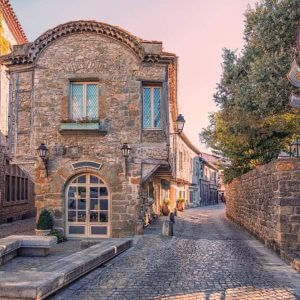
La Cité de Carcassonne
First we’ll deal with what’s inside the walls. The streets within the citadel are a Disney-esque dreamland of passageways and winding alleys. There’s an engaging lack of symmetry to the old stone buildings, some with exposed timbers and others clad with ivy. It will be an effort not to walk around with your camera glued to your face. The ideal time to come is early, before the tourist hordes and lunch time. Most of the restaurants and crêperies are geared towards day-trippers anyway, and this labyrinth of streets is at its best when semi-deserted.
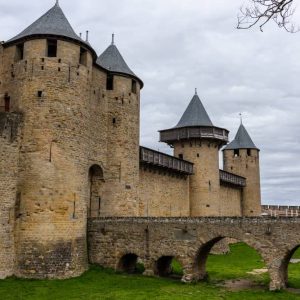
Château Comtal and Ramparts
From above or below, on the ramparts or inside the walls, Carcassonne’s double line of fortifications are a marvel. The insurmountable walls and 52 towers are deservedly the centre of attention and go on for three kilometres around the old upper city. You can enter the Château Comtal for a tour, and with an audio-guide you should expect to lose two awe-filled and informative hours finding out about how the walls were built in the 15th century and how they were restored in the 1800s by Viollet-le-Duc. You can do the full walk along the battlements, and between the walls there are even jousting shows for families to watch in summer.
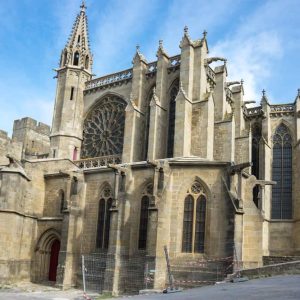
Basilica of Saints Nazarius and Celsus
This church was built over several hundred years from the 800s to the 1300s and what makes it rare is the way romanesque and gothic design coexist so comfortably. The sense of harmony is easy to see in the church’s interior, which escaped Viollet-le-Duc’s intervention and boasts romanesque sculpture, stonework and stained glass windows side by side. In the choir, the long central stained glass window is from 1280, and so one of the oldest outside northern France.
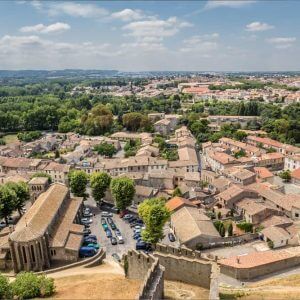
Carcassonne Lower City
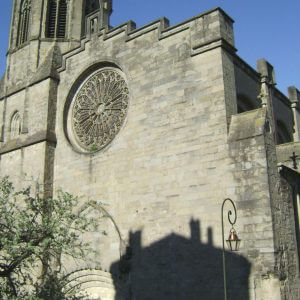
Carcassonne Cathedral
Less acclaimed than the Basilica, Carcassonne’s current cathedral was a simple parish church in the Lower City until the Episcopal seat was switched at the turn of the 19th-century. But it’s worth calling in, as it was built in the 13th century and is a satisfying piece of southern gothic architecture, with an octagonal bell-tower and a beautiful rose window. It suffered damage in the 100 Years’ War, and was rebuilt with fortifications, as you can tell from the loopholes on the tower. Viollet-le-Duc was involved in restoration works in the 1800s, and it was his first project in Carcassonne before he moved on to the fortifications.
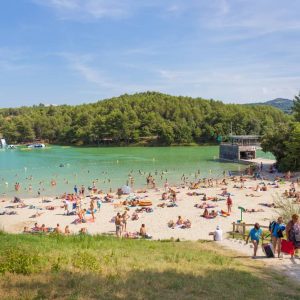
Lac de la Cavayère
Twenty minutes by car or bus from the city is a lake formed by a dam built in 1988. There’s 40 hectares of water and pine woodland, with three small beaches, a grassy area and all sorts of things for kids to do in summer: You can hire pedalos and play mini-golf, while kids have an inflatable playground to scramble over on the lake. Motorised craft are banned on the waters, which keeps things peaceful, and you can take gentle walks in the forested hills and have family picnics on the benches beneath the pines.
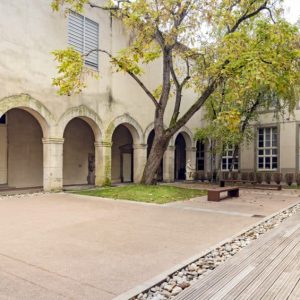
Musée des Beaux-Arts
Carcassonne’s fine art museum was established in 1836, and nearly 200 years and many donations later it provides you with an enlightening journey through French art from the 1600s to the 1900s. One of the museum’s eight galleries is also dedicated to Flemish and Dutch art from the 1600s. Among the names that even philistines like us will recognise are Brueghel the Elder, Mattia Preti, Jan van Goyen, Jacob Jordaens and Gustave Courbet. Room Five has a display of 19th-century French ceramics and there’s also a telescope used by Napoleon after departing Elba in 1815.
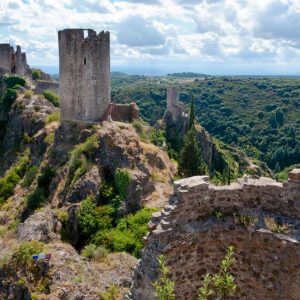
Châteaux de Lastours
The hills of the Aude department are peppered with the eerie vestiges of medieval castles that belonged to noblemen loyal to the Cathar sect. During the Albigensian Crusade the sect was violently suppressed by the French Catholics, and many of these strongholds turned to rubble. The four castles in Lastours, Cabaret, Tour Régine, Quertinheux and Surdespine, were sacked during the crusade and later repurposed as fortresses. They are part of the same complex, but are all different structures with courtyards, arcades, towers with loopholes, murder holes and spiral staircases, as well as the ruins of a church. The location is sumptuous, high on a rocky spur in the Black Mountains. And the many little flourishes and surprises contribute to a fulfilling hour or two of discovery.
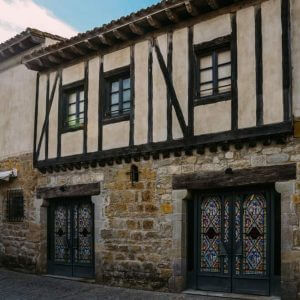
Museum of the Inquisition
Not to be taken too seriously, this attraction will kill a few minutes and kids aged around 10 to 14 will probably get a kick out of it, though it’s definitely not for younger minds. With the help of some sad-looking mannequins the museum exposes the eye-wateringly inventive methods and tools used for torture from medieval times up to the Revolution. There’s an emphasis on the Catholic inquisition of the Cathars in the 13th century, and most of the exhibits are reproductions.
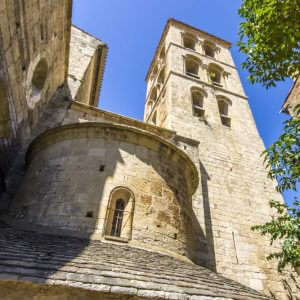
Caunes-Minervois
The Black Mountains rear up behind the pretty village of Caunes-Minervois, 20 minutes north of Carcassonne. The surroundings are heart-achingly idyllic, with rustic stone walls, Minervois vineyards, orchards and olive groves. The medieval village is built around an abbey founded in the 700s, and historic quarries that provided the pink marble for the Louvre and Trianon Palace at Versailles. The abbey is also replete with this stone: One of the most cherished parts of the building is the apse, which is from the 1000s and epitomises the modest romanesque style.
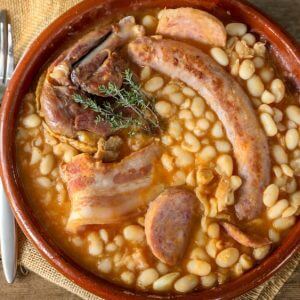
Cuisine
If you’re a meat-eater, and particularly fond of poultry and game, the Carcassone diet will suit you well. Duck and goose confit are famous specialities, as is Spanish-style cured ham. But Cassoulet is southwestern France’s most beloved dish, a casserole with white haricot beans, sausage and duck or goose confit. But Carcassonne has its own version of cassoulet, adding partridge meat to the stew. More adventurous palates could try Languedoc-style snails, in which their cooked in their shells with onions, ham, tomato and parsley.
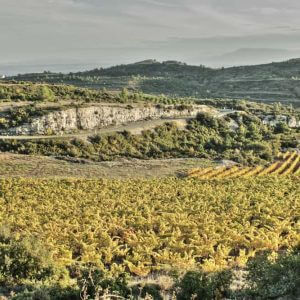
Wine
In Carcassonne you’re in the centre of the world’s largest wine region. Not only that, but you’ve got easy access to some of the best AOCs within Languedoc. Minutes north and east is Minervois, producing mostly reds from a blend of Bordeaux, Mediterranean and Rhône grapes. South of Carcassonne is the upland Limoux region, famed as the place where sparkling wine was first produced in the 1500s. Blanquette méthode ancestrale, Crémant de Limoux Blanquette de Limoux are all sparkling whites to discover. Like champagne, the bubbles are created with secondary fermentation in the bottle, but the flavour is distinct, with fresh, apple notes.
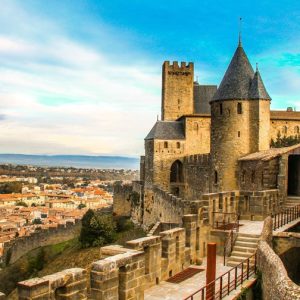
The City
Carcassonne has been influenced by over 2,000 years of conquests, crusades, and the prosperous period of Catharism’s religion. Before its restoration, the Cité was an abandoned place in an outlying area in a town made wealthy by the wine trade and the clothes manufacturing industry. Today, Carcassonne offers a unique historical and architectural asset. In the absence of any heavy industry, tourism is undoubtedly the city’s strength both because of its geographic position and its exceptional heritage.
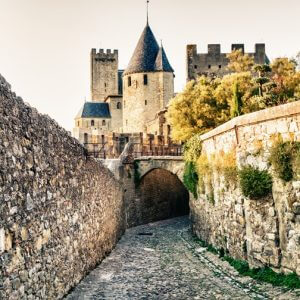
Old Town
The medieval walled town, the “Cité,” lies on the right bank of river Aude, and is still home to a population of around 120, with a large number of shops and craftsmen. On the left bank, the modern city Bastide Saint Louis has kept its historical roots. You will be amazed by its outstanding variety of architectural styles, including buildings dating from the 14th to the 18th century, such as the Saint Michel Cathedral.
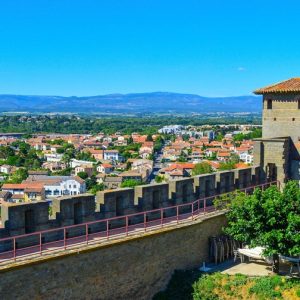
Do & See
The mix of modernity and historical wealth offer a very rich cultural life. Within a unique scenery and authenticity, the city has managed to provide all amenities for both tourists and business travellers. If you have time, the whole region has much more to show, like going on a “péniche” (or barge) on Canal du Midi or explore the huge vineyards. A closer look at the medieval fortress is of course something that should not be missed as well as the gothic-styled Saint-Michel Cathedral or why not see a concert outdoor at the Théâtre Jean Deschamps? You will for sure find plenty of exciting sites to explore when travelling to this historical and cultural city






